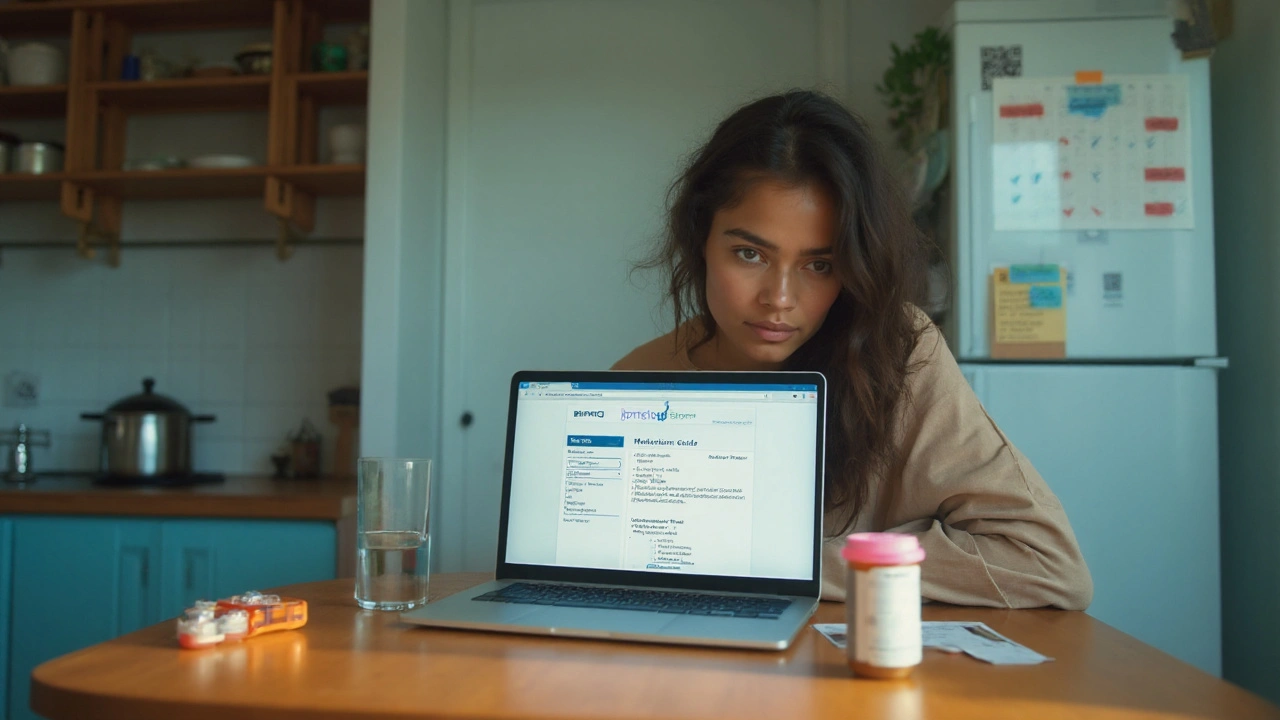Dosage: how to read, measure, and take medicines safely
A wrong dose can be harmless — or dangerous. Knowing how to read labels, measure medicines, and follow dosing rules keeps you safer and more confident when taking prescriptions, OTC drugs, or liquid meds for kids.
Start by reading the label and the patient leaflet. Look for strength (like 250 mg or 5 mg/mL), route (oral, topical, inhaled), frequency (once daily, every 8 hours), and duration (for 7 days). If anything on the label doesn’t match what your doctor told you, stop and check with the pharmacy before taking a dose.
Understand the units. Tablets usually show a strength in milligrams (mg). Liquids often list concentration, for example 250 mg/5 mL — that means 5 milliliters contains 250 mg. If a syringe or cup isn’t marked in milliliters, ask your pharmacist for a proper dosing device. Never use kitchen teaspoons; they vary too much.
Measuring tips and common situations
Use the device that comes with the medicine — oral syringes are best for accuracy. For infants and children, doses are often weight-based (mg/kg). That’s why the exact dose can differ between two kids of the same age. If your child’s prescription lists a mg/kg dose but gives a final volume, confirm the math with the pharmacist.
Never crush or split tablets unless your pharmacist or prescriber says it’s safe. Many tablets are extended-release or coated; crushing them can release too much drug at once. If you have trouble swallowing, ask for an alternative form — a liquid or different strength might be available.
Adjusting doses happens for a reason: kidney or liver problems, age, other medicines, or interactions. Don’t change the dose on your own. If you feel a dose is too strong or too weak, call your doctor or pharmacist and describe what you’re experiencing.
Missed doses, overdoses, and safety checks
If you miss a dose, check the label or leaflet for instructions. A common rule: if it’s almost time for the next dose, skip the missed one — don’t double up. For potential overdoses, call emergency services or your local poison control center immediately. Keep poison control numbers handy.
Before buying medicine online, confirm the dose and form match what your provider prescribed. When switching brands or generics, strengths should be the same, but packaging can differ — read the label carefully every time.
Small habits make a big difference: use a pill organizer, set phone alarms, store meds in their original containers, and check expiry dates. If anything about a medicine’s dose confuses you, ask the pharmacist. They can walk through the math and recommend the right measuring tool so you take the right amount every time.

Pristiq: Official Info, Safe Use, Dosage, Side Effects, and Savings (2025 Guide)
Your fast, practical 2025 guide to Pristiq: find the official label, dosing and safety basics, common side effects, and real-world ways to lower the cost.
